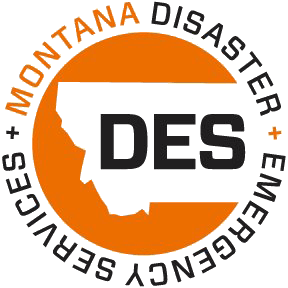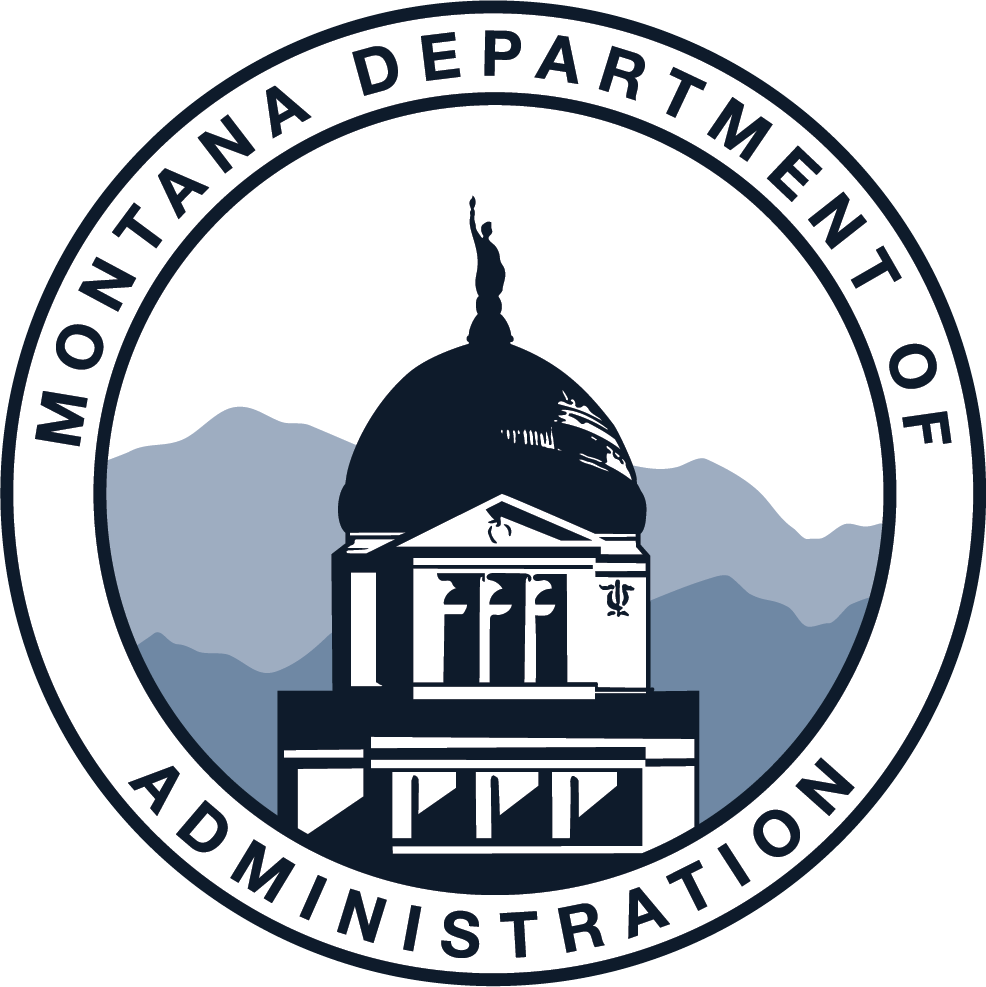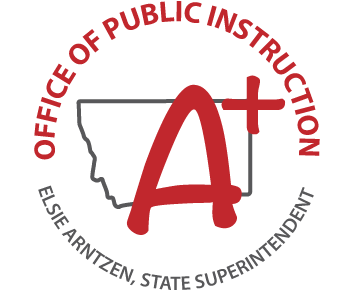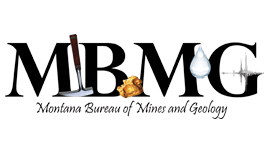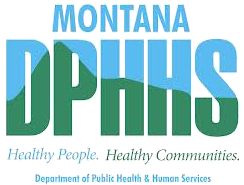- ▾ Other ShakeOuts ▾
- Alaska
- American Samoa
- Arizona
- British Columbia
- California
- Central U.S. (AL AR IA IL IN KS KY LA MO MS NE OH OK TN)
- CNMI
- Colorado
- Guam
- Hawaii
- Idaho
- Japan
- Montana
- Nevada
- New Mexico
- New Zealand
- NorthEast U.S. (CT MA ME NH NJ NY PA RI VT)
- Oregon
- Puerto Rico
- Quebec & Eastern Ontario
- SouthEast U.S. (DC DE FL GA MD NC SC VA WV)
- Texas
- Upper MidWest U.S. (MI MN ND SD WI)
- U.S. Virgin Islands
- Utah
- Washington State
- Wyoming
- Yukon
- Other Countries

Southwestern Montana
Montana is one of the most seismically-active states in the United States. Montana’s earthquake activity is concentrated mostly in the mountainous western third of the state, which lies within the Intermountain Seismic Belt. This belt includes at least 45 potentially active faults in Montana and has been the site of two of the largest historic earthquakes in the Rocky Mountains, the August 18, 1959 Hebgen Lake, Montana earthquake (magnitude 7.3) and the October 28, 1983 Borah Peak, Idaho earthquake (magnitude 6.9).
Although it has been over five decades since the last destructive earthquake in Montana, small earthquakes are common in the region, occurring at an average rate of 4-5 earthquakes per day.
A great earthquake (magnitude 8.0 or greater) is not likely in Montana, but major earthquakes with magnitudes as large as 7.5 may occur in the state.
The Earthquake Hazard & Southwestern Montana
Southwestern Montana is the most seismically active part of the state. At least 50 earthquakes with magnitudes ranging from 4.0 to 5.6 have occurred here since 1973. There are 18 major active or potentially active faults and four significant historic earthquakes (described below). These factors indicate a high level of seismic activity and the very real possibility of future significant earthquakes.
Seismic hazard maps show that southwestern Montana has the highest potential for large earthquakes in Montana. Brief descriptions of the historic earthquakes below illustrate the potential for future destructive earthquakes in southwestern Montana.
1925 Clarkston Valley Earthquake
A magnitude 6.6 earthquake jolted the Clarkston Valley on June 27, 1925. Centered in a then sparsely populated area north of Three Forks and about 30 miles northwest of Bozeman, the Clarkston Valley earthquake caused significant damage to brick buildings in the towns of Three Forks, Logan, Manhattan and White Sulphur Springs; and was felt throughout western Montana and parts of Idaho and Wyoming. The strong shaking triggered landslides and rockfalls along the Missouri River, which blocked railroad traffic for several weeks. A strong aftershock with an estimated magnitude of 6.0 occurred 49 minutes after the main shock and 74 additional aftershocks were felt over the next 47 days.
Starting with a small tremor on October 3, 1935, the city of Helena, Montana suffered through a series of several hundred earthquake shocks, including three damaging earthquakes with magnitudes 5.8, 6.3, and 6.0. During the Helena earthquakes, two people were killed by falling bricks, several were injured, and property damage was estimated at about $3 million (over $50 million in adjusted dollars). The Helena Montana earthquakes disproved a then-popular misconception that all seismic activity within the U.S. occurred solely in California and Alaska.
The largest earthquake on October 18 was felt across an area of about 596,000 square kilometers (approximately 230,000 square miles) that included the western three quarters of Montana, most of Idaho, northwestern Wyoming, and parts of southern Canada. The strongest tremor caused damage in varying degrees to about 300 buildings. In total, the Helena shocks caused structural damage to 65 percent of Helena’s buildings. The newly completed Helena High School suffered the greatest damage of any single structure with total collapse of one wing of the building. A total of 1,347 aftershocks from this series were listed up to the end of 1935.
The Hebgen Lake magnitude 7.3 earthquake, which occurred on August 18, 1959, was the largest historic earthquake in Montana and the 14th largest earthquake in the contiguous U.S. in historic times. This earthquake caused 29 fatalities and about $11 million ($78.6 million in adjusted dollars) in damage.
The Hebgen Lake earthquake caused 29 km (18 miles) for surface faulting on two major faults along the northeast side of Hebgen Lake, down dropping the lake and adjacent parts of the Hebgen basin as much as 6.7 m (22 feet). The sudden tilting of the valley beneath Hebgen Lake generated a large wave that overtopped the badly damaged Hebgen Dam. One of the most disastrous effects of the earthquake was the huge landslide that cascaded from the steep south wall of the Madison River Canyon. The Madison Canyon landslide, the largest seismically triggered landslide in North America, dammed the Madison River creating Earthquake Lake with a depth of 53 meters (over 173 feet).
The earthquake was felt as far as Seattle, Washington, to the west; Banff, Canada, to the north; Dickinson, North Dakota, to the east; and Provo, Utah, to the south. This area includes nine Western States and three Canadian Provinces. Aftershocks continued for several months the four largest of which ranged from magnitude 6.0 to 6.5.
2005 Dillon Earthquake
Montana’s most recent significant earthquake occurred on July 25, 2005. The largest earthquake in 45 years, it was centered 9 miles north of Dillon and had a magnitude of 5.6. It was felt throughout much of western Montana as well as Idaho and northwestern Wyoming. Buildings in Dillon sustained damage, including a number of chimneys, a grade school, and several buildings on the University of Montana Western campus.
Adapted from the 2010 Update to the State of Montana Multi-Hazard Mitigation Plan and Statewide Hazard Assessment and the USGS Earthquake Hazards Program.
Please visit the following links for more information on earthquake hazards and preparedness:
Governor’s Office of Community Service: Ready Montana
Lewis & Clark County Earthquake Hazards: 1935 Helena Earthquakes
Montana Bureau of Mines and Geology: Earthquake Studies
Personalizing the Earthquake Threat
State of Montana Disaster and Emergency Services
Montana Mitigation Plan
Let's Mitigate Montana
USGS Montana Earthquake Information
Montana Earthquake Hazards
PARTICIPANTS
people are currently registered to participate in this year's Great Montana ShakeOut Drill.
are from Southwestern Montana
Number of Montana participants in each category
View names of participants:
